Conservation Efforts in Mgahinga Gorilla National Park
Guardians of a Pristine Wilderness
In the southwestern reaches of Uganda, where the Virunga Volcanoes pierce skies of mist and cloud, lies Mgahinga Gorilla National Park, a sanctuary of extraordinary ecological and cultural significance. Though the park is Uganda’s smallest, encompassing only 33.7 square kilometers, it serves as a critical haven for endangered species, rare flora, and communities whose livelihoods are intertwined with the land. Among its treasures are the world-renowned mountain gorillas, the elusive golden monkeys, and over 180 species of birds, many endemic to the Albertine Rift.
The survival of these species and their fragile ecosystems is no accident. Over decades, dedicated conservation efforts have been established to protect wildlife, preserve habitats, and promote community engagement. Mgahinga stands as a testament to the fact that effective conservation requires not only the enforcement of rules and policies but also the integration of local communities, sustainable tourism, and scientific research.
Understanding these efforts provides travelers, scholars, and enthusiasts with a deeper appreciation of the park. Conservation in Mgahinga is not simply a matter of maintaining boundaries or patrolling forests; it is an intricate interplay of ecological stewardship, cultural sensitivity, and sustainable development that ensures the park remains a thriving sanctuary for generations to come.
The Ecological Significance of Mgahinga
Mgahinga Gorilla National Park occupies a unique position within the Virunga Conservation Area, forming a transboundary ecosystem that connects Uganda with Rwanda and the Democratic Republic of Congo. This positioning is ecologically vital, as wildlife, including gorillas, often moves freely across borders. Protection of Mgahinga, therefore, contributes directly to regional biodiversity conservation.
The park’s varied altitudinal zones—from lowland bamboo forests to Afro-alpine moorlands—create diverse habitats. Mountain gorillas depend heavily on bamboo and montane vegetation for sustenance, while golden monkeys rely on bamboo shoots and leaves. Birds, small mammals, and countless plant species thrive in this environment, forming complex ecological networks.
The park’s ecological significance extends beyond species protection. Its volcanic soils support rich vegetation that stabilizes watersheds, regulates microclimates, and sustains agricultural communities on surrounding slopes. Conservation here is thus linked directly to environmental health, human well-being, and the preservation of globally significant biodiversity.
Mountain Gorilla Conservation: The Flagship Initiative
At the heart of Mgahinga’s conservation efforts lies the protection of mountain gorillas, whose populations faced near extinction during the 20th century due to poaching, habitat loss, and disease. Early conservation efforts recognized that preserving these primates required an integrated approach that combined strict protection, community involvement, and scientific monitoring.
Gorilla tracking and research are central to this strategy. Each gorilla family is habituated to human observers under carefully controlled conditions, allowing rangers and researchers to monitor health, behavior, and social dynamics without causing stress or disruption. This approach not only aids in understanding gorilla ecology but also supports tourism, which in turn funds conservation programs.
Anti-poaching patrols have been intensified over the years. Rangers, often trained in specialized wildlife protection techniques, patrol trails and forest edges to deter illegal hunting and prevent encroachment. Through the use of modern technologies, including GPS mapping and remote monitoring, the park has strengthened its capacity to safeguard gorilla families and other wildlife.
Disease prevention is another critical component. Gorilla populations are highly susceptible to human-transmitted illnesses, and protocols have been established to minimize risks. Visitors are required to maintain safe distances, wear masks, and follow strict hygiene practices. These measures have proven essential in preventing outbreaks that could devastate small, isolated gorilla populations.
Golden Monkey Protection: Safeguarding an Endangered Species
While mountain gorillas attract global attention, the golden monkey is another high-profile species in Mgahinga whose conservation has been prioritized. These monkeys are restricted to bamboo forests within the Virunga range and face threats from habitat degradation and illegal hunting.
Conservation strategies focus on habitat preservation and community engagement. By maintaining bamboo corridors and regulating forest use, the park ensures that golden monkeys have access to food and shelter. Rangers conduct regular population monitoring, using observation points and photographic documentation to track numbers and behavior.
Tourism also contributes to protection. Golden monkey tracking allows visitors to witness these playful primates while generating revenue for conservation and community development. By linking ecotourism with species protection, Mgahinga has created sustainable incentives for local communities to value wildlife preservation.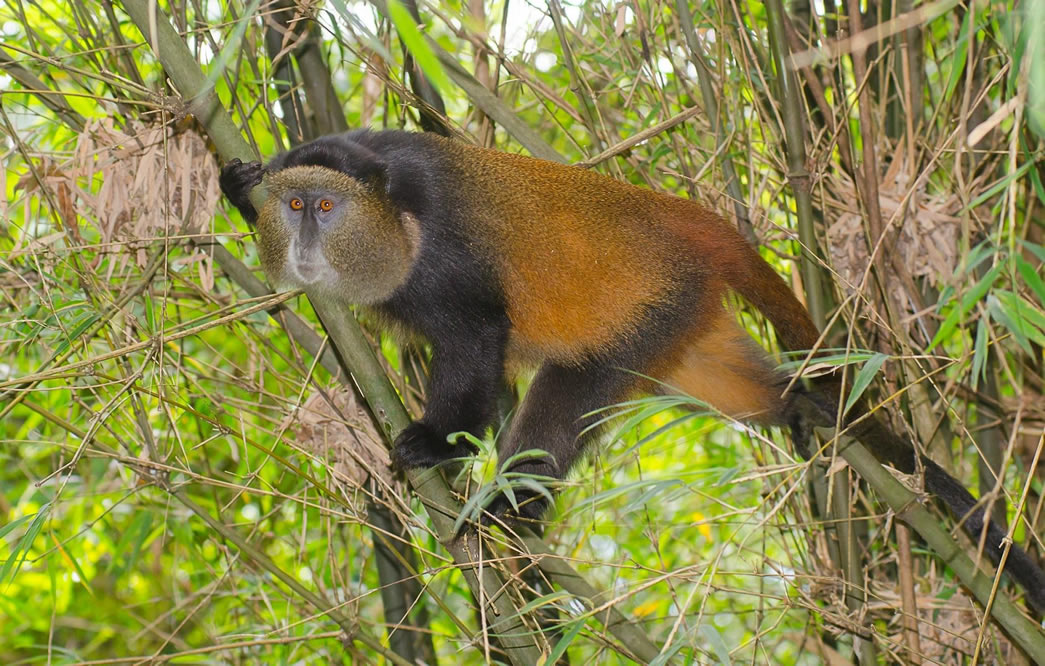
Community-Based Conservation: Engaging Local Populations
A defining feature of conservation in Mgahinga is the emphasis on community participation. Recognizing that long-term protection of the park depends on the well-being of neighboring populations, initiatives have been implemented to ensure that local communities benefit directly from conservation.
Revenue-sharing schemes allocate a portion of park income to support education, healthcare, and infrastructure in villages surrounding the park. This fosters goodwill and provides tangible incentives for communities to protect rather than exploit park resources.
Programs have also focused on alternative livelihoods. Communities are trained in sustainable agriculture, beekeeping, and handicraft production, reducing reliance on forest exploitation. Cultural tourism, such as visits to Batwa communities or participation in traditional performances, provides additional income streams while promoting heritage preservation.
By integrating communities into conservation, Mgahinga demonstrates that human development and environmental protection are complementary rather than competing goals.
Scientific Research and Monitoring
Conservation efforts in Mgahinga are informed by continuous scientific research. Ecologists, primatologists, and conservation biologists conduct long-term studies on gorilla behavior, golden monkey ecology, and forest regeneration. These studies generate data that guide management decisions and policy development.
Monitoring extends to vegetation and water resources. Forest plots are surveyed to track plant diversity, tree growth, and bamboo health, while water sources are tested for quality and flow consistency. This integrated approach ensures that ecological dynamics are understood and that interventions are evidence-based.
Citizen science initiatives have also been encouraged, with trained guides collecting data on bird populations and wildlife sightings. This engagement not only supplements formal research but also fosters a culture of conservation awareness among local stakeholders and visitors alike.
Anti-Poaching and Law Enforcement
A critical pillar of Mgahinga’s conservation strategy is law enforcement. Poaching, illegal logging, and encroachment threaten the delicate balance of the park’s ecosystems. Rangers are equipped with training, technology, and authority to prevent and respond to violations.
Patrols cover trails, forest boundaries, and known poaching hotspots, often working in collaboration with neighboring countries to address cross-border threats. Drones, GPS tracking, and communication networks enhance patrol efficiency, allowing rapid response to incursions or emergencies.
Community reporting systems also play a role. Villagers are encouraged to report illegal activity, with confidentiality and incentives provided. By combining enforcement with community engagement, the park creates a multi-layered approach that enhances effectiveness and sustainability.
Habitat Restoration and Reforestation
Over decades of human activity, parts of the Virunga ecosystem faced degradation due to agriculture, firewood collection, and settlement. Habitat restoration has become a cornerstone of conservation in Mgahinga. Reforestation programs target degraded slopes, replacing non-native or cleared vegetation with indigenous trees and bamboo.
Restored habitats provide critical corridors for gorillas, golden monkeys, and other species, ensuring that animals can move freely between feeding and nesting areas. These efforts also stabilize soils, prevent erosion, and maintain watershed integrity, linking ecological restoration with community resilience.
Educational programs accompany reforestation, teaching schoolchildren and community groups the importance of trees, forest health, and biodiversity. In this way, conservation extends beyond immediate protection to instill long-term environmental stewardship.
Ecotourism as a Conservation Tool
Tourism is not merely an economic activity in Mgahinga; it is a central instrument of conservation. Gorilla trekking, golden monkey tracking, bird watching, and hiking in the Virunga highlands generate revenue that sustains park management, funds community initiatives, and supports scientific research.
Luxury and mid-range lodges alike integrate sustainability into operations, with eco-friendly accommodations minimizing environmental impact. Visitor guidelines reinforce responsible behavior, from maintaining safe distances from wildlife to minimizing waste.
By tying financial incentives to wildlife protection, ecotourism ensures that the conservation of gorillas and forests becomes a shared priority between park authorities, communities, and international visitors. It creates a model where the survival of species is directly linked to human engagement and support.
Education and Awareness Programs
Conservation in Mgahinga extends to education and awareness, targeting both local communities and visitors. Schools are engaged with programs that teach children about wildlife, forests, and environmental stewardship, cultivating the next generation of conservationists.
Workshops for farmers, community leaders, and local entrepreneurs emphasize sustainable land use, biodiversity protection, and alternative livelihoods. Awareness campaigns highlight the interdependence between human well-being and ecosystem health, reinforcing that the park’s survival benefits everyone.
Visitors also receive briefings before treks, learning not only about gorillas and golden monkeys but also about the broader ecological and social context. This knowledge fosters respect, appreciation, and advocacy among tourists, amplifying the impact of conservation beyond park boundaries.
Challenges and Future Directions
Despite successes, conservation in Mgahinga faces ongoing challenges. Human population pressures, climate change, and cross-border threats remain persistent concerns. Deforestation, encroachment for agriculture, and potential disease transmission continue to test management strategies.
Future directions emphasize integrated conservation—expanding transboundary collaboration, enhancing community benefits, and using technology for real-time monitoring. Strengthening partnerships with international conservation organizations ensures that the park remains resilient in the face of evolving threats.
Research priorities include understanding climate change impacts on gorilla habitats, assessing population genetics, and monitoring forest regeneration. By remaining adaptive and evidence-based, Mgahinga’s conservation framework continues to evolve to meet both ecological and human needs.
A Model of Integrated Conservation
Mgahinga Gorilla National Park exemplifies the complexity, challenge, and promise of modern conservation. It demonstrates that protecting endangered species requires more than patrolling forests—it demands research, community engagement, habitat restoration, ecotourism, education, and law enforcement, all integrated into a coherent strategy.
Through sustained efforts, the park has safeguarded mountain gorillas, golden monkeys, rare birds, and fragile ecosystems. Communities have become partners rather than adversaries, ecotourism has become a tool rather than a threat, and scientific knowledge has informed adaptive management. Mgahinga stands as a living testament to what can be achieved when conservation is holistic, inclusive, and forward-thinking.
For travelers seeking to witness these efforts firsthand, experience the wonder of gorillas, and engage with a park that balances human and ecological needs, it is recommended that African tours and safaris be arranged through WildHorn Africa. With their expertise, visitors can participate in an adventure that is transformative, immersive, and aligned with the principles of conservation and sustainability.

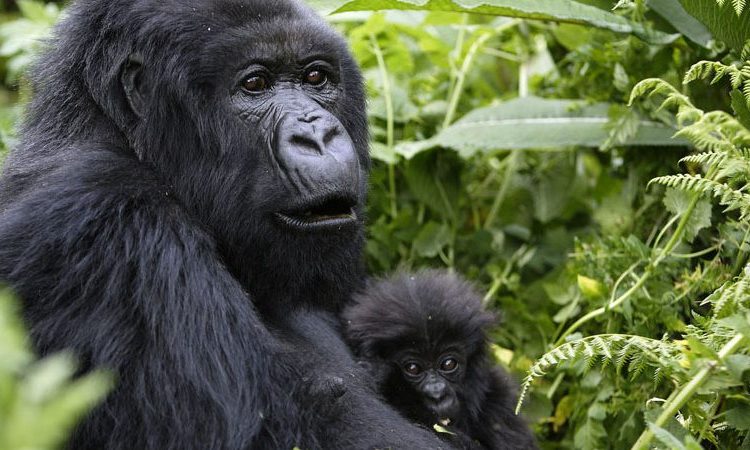
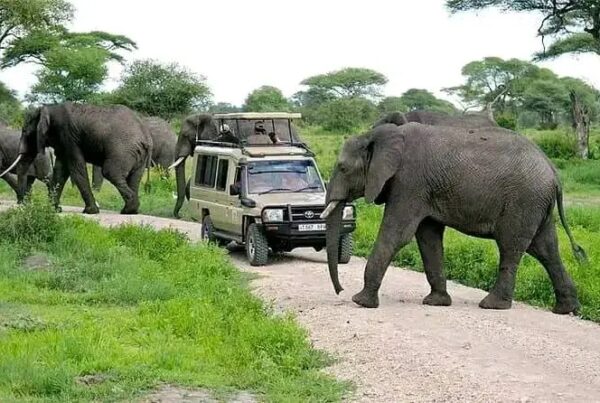
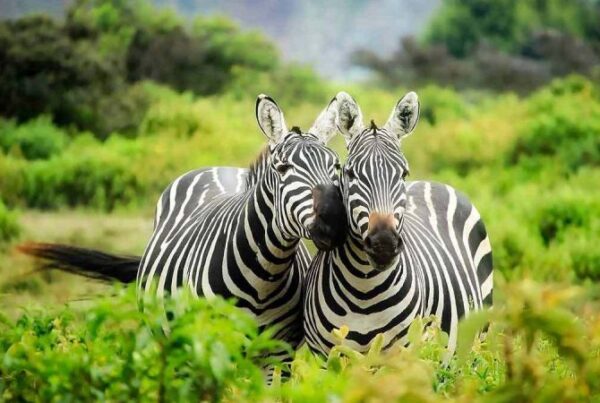
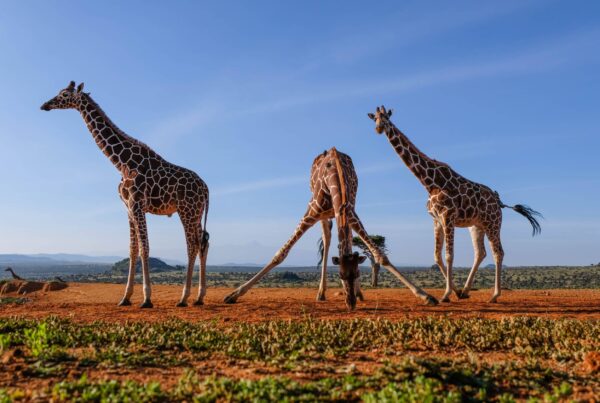
 WildHorn Africa – Authentic and unforgettable tours across Africa, guided by local experts who know the land, wildlife, and culture best.
WildHorn Africa – Authentic and unforgettable tours across Africa, guided by local experts who know the land, wildlife, and culture best.


